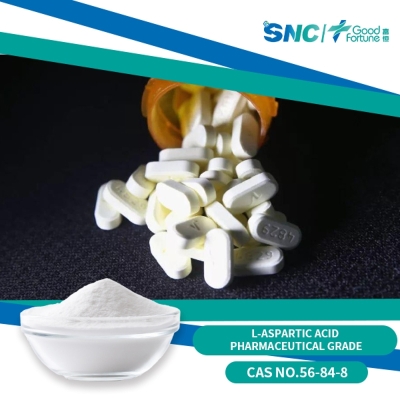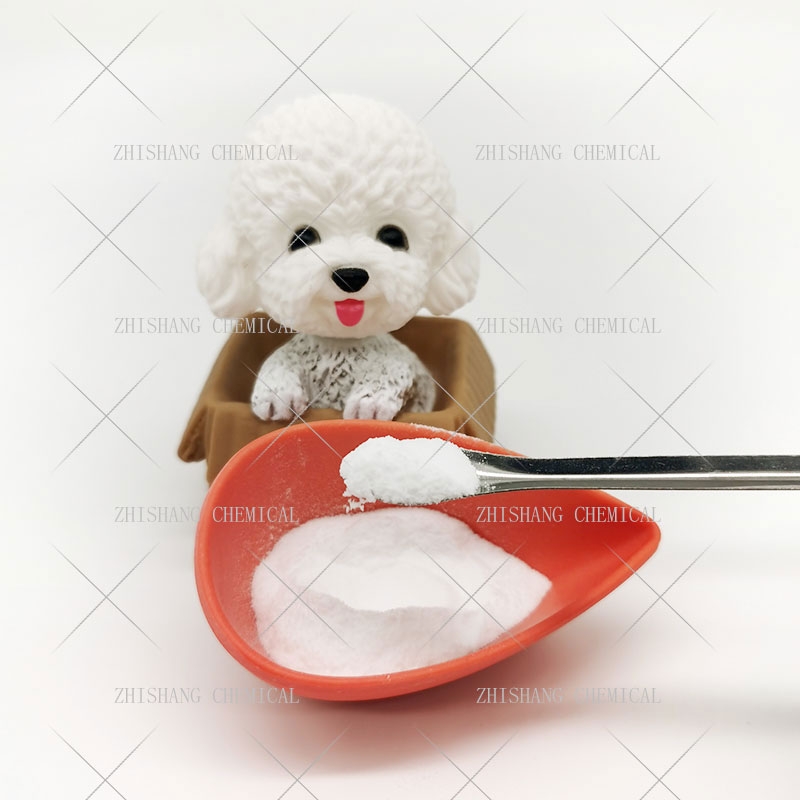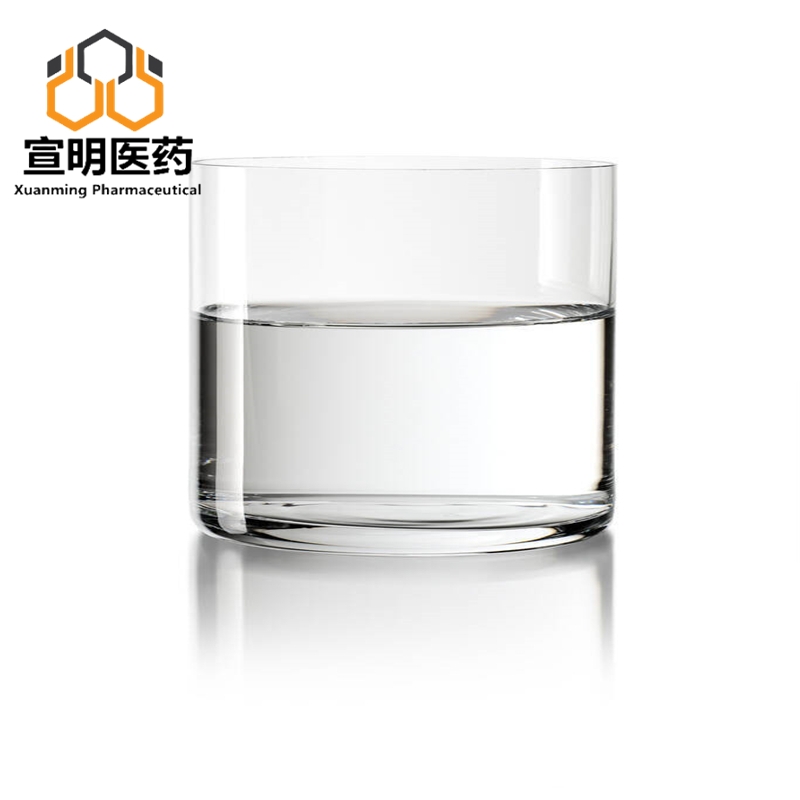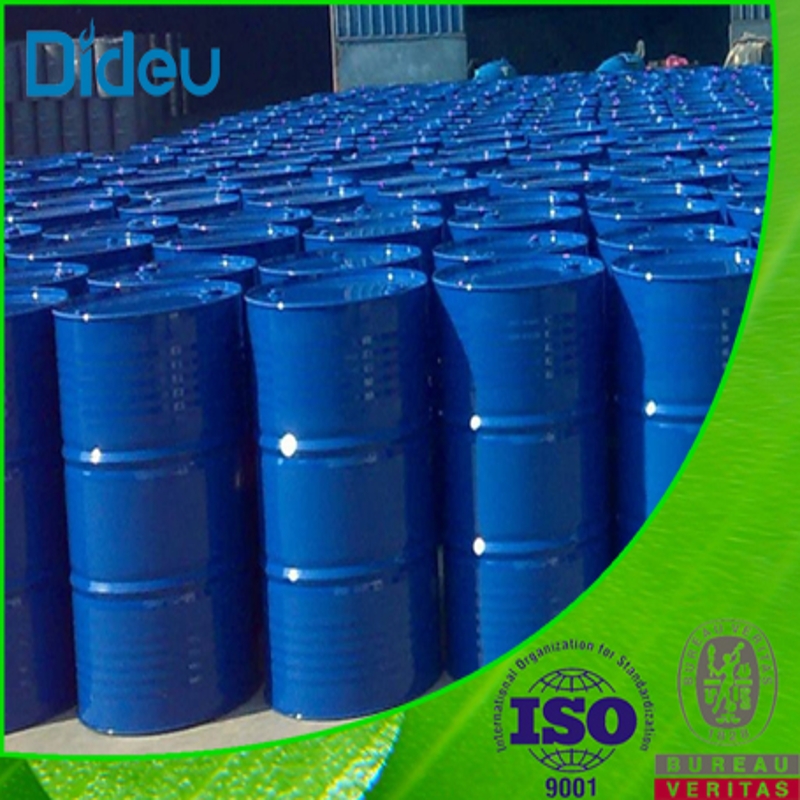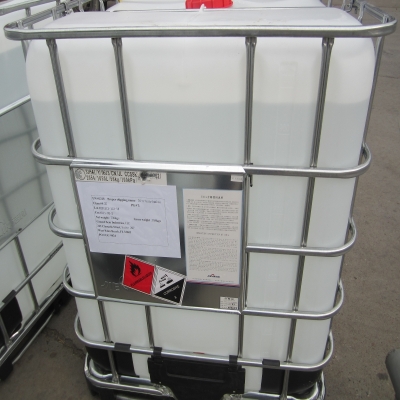Cosmetic Ingredient
- • Abrasive (124)
- • Absorbent (84)
- • Anticaking (66)
- • Anticorrosive (25)
- • Antifoaming (19)
- • Antimicrobials (290)
- • Antioxidant Ingredient (393)
- • Antiperspirant (20)
- • Antiplaque (48)
- • Anti-seborrheic (38)
- • Anti-sebum (39)
- • Antistatic (458)
- • Astringent (162)
- • Binding Agent (172)
- • Bleaching Agent (53)
- • Buffering (191)
- • Bulking (109)
- • Chelating (122)
- • Cleansing (679)
- • Cosmetic Colorant (212)
- • Cosmetic Preservative (158)
- • Denaturant (45)
- • Deodorant (98)
- • Depilatory (27)
- • Dissolving Agent (298)
- • Emollient (795)
- • Emulsifying Agent (480)
- • Emulsion Stabilising (154)
- • Exfoliating (19)
- • Film Forming (299)
- • Flavouring (72)
- • Foam Boosting (161)
- • Foaming (101)
- • Fragrance Ingredient (726)
- • Gel Forming (19)
- • Hair Conditioning (670)
- • Hair Dyeing (363)
- • Hair Fixing (36)
- • Hair Waving or Straightening (45)
- • Humectant (282)
- • Hydrotrope (92)
- • Keratolytic (20)
- • Light Stabilizer (80)
- • Moisturising Agent (50)
- • Nail Conditioning (42)
- • Occlusive (20)
- • Opacifying (119)
- • Oral Care (123)
- • Oxidising (19)
- • Perfuming (2105)
- • Plasticiser (98)
- • Propellant (19)
- • Reducing (50)
- • Refatting (12)
- • Refreshing (26)
- • Skin Cleansing (388)
- • Skin Conditioning (1751)
- • Skin Humectant (21)
- • Skin Protecting (282)
- • Smoothing (31)
- • Soothing (71)
- • Tonics (155)
- • UV Filter (34)
- • Viscosity Controlling (532)
Chemicals as Skincare Ingredients
Related News
-
Huda Beauty to Sell Kayali Stake to General Atlantic
2025-02-20 -
Skylar Clean Beauty Launches New Citrus Reverie Fragrance
2024-06-25 -
Give Back Beauty secures Mercedes-Benz fragrance licensing agreement
2024-04-17 -
BASF Aromatic Ingredients expands its Isobionics portfolio with new natural flavors
2024-03-13 -
Henry Rose raises series A funding
2023-05-15 -
LMR NATURALS BY IFF UNVEILS CARBON FOOTPRINT CALCULATION FOR FRAGRANCE
2023-01-19
Sort Fragrance Ingredient Alphabetically
Fragrance Ingredient
Get Fragrance Ingredient Raw Materials by RegionL-Aspartic acid
(56-84-8)-
pharmaceutical grade/food grade / 99%
$5-5.5/KG FOB
-
- / 0.00%
-
Top Product / 98%
-
Plating Grade / 99%
Request for quotation , get quotes from more suppliers.
-
Industrial Grade / 99%
-
food grade / 99%
-
Industrial Grade / 99%
-
Industrial Grade / 99%
Request for quotation , get quotes from more suppliers.
Castor oil
(8001-79-4)-
Cosmetics Grade / 99%
-
Industrial Grade / 99%
$5-6.5/KG FOB
-
Pharmacy Grade / 99%
-
pharmaceutical grade/food grade / 99%
Acetophenone
(98-86-2)-
Pharmacy Grade / 99%
-
Industrial grade / 99%
-
Industrial Grade / 99%
-
- / 0.00%
Request for quotation , get quotes from more suppliers.
L-Serine
(56-45-1)-
Cosmetics Grade / 99%
-
Cosmetic Grade / -
-
Food Grade / -
-
Industrial Grade / 99%
Request for quotation , get quotes from more suppliers.
Potassium sorbate
(24634-61-5)-
Industrial grade / 99%
-
Industrial Grade / 99%
-
- / 0.00%
-
Food Grade / 99%
$3-3.5/KG FOB
Request for quotation , get quotes from more suppliers.
Vanillin
(121-33-5)2. Labelled Vanillin. Occurs naturally in a wide variety of foods and plants such as orchids; major commercial source of natural vanillin is from vanilla bean extract. Synthetically produced in-bulk from lignin-based byproduct of paper processes or from guaicol.
3. An intermediate and analytical reagent.
-
Cosmetics Grade / 99%
-
Cosmetics Grade / 99%
-
Pharmacy Grade / 99.5%
$1.3-1.5/KG FOB
-
Sorbitol
(50-70-4)-
Cosmetics Grade / 99%
-
Food grade / 99%
-
Chemical Grade / 99%
$1/KG FOB
-
- / 0.00%
L-Tryptophan
(73-22-3)-
pharmaceutical grade/food grade / 99%
-
Food Grade / 99.9%
-
Pharmacy Grade / 99%
-
- / 0.00%
Request for quotation , get quotes from more suppliers.
Dioctyl phthalate
(117-81-7)-
Industrial Grade / 99%
-
Industrial Grade / 99%
-
Industrial Grade / 99.5%
-
- / 0.00%
More Information
There are primarily four fragrance categories:
● Citrus: Fresh scents from citrus fruits like lemon, lime, orange, and mandarin.
● Floral: Single or combined scents of flowers like rose, jasmine, gardenia, and lavender.
● Oriental: A blend of spicy, woody, balsamic, and animalistic notes, giving warm and rich aromas.
● Woody: Warm and long-lasting scents from precious woods like sandalwood, cedarwood, and agarwood.
Fragrance Analysis:
Most perfumes follow a pyramid structure with top, middle, and base notes:
● Top notes: Initially, the scent of alcohol and perfume blend is prominent.
● Middle notes: After about ten minutes, the alcohol scent fades, leaving the core fragrance.
● Base notes: Develop about thirty minutes after application, mixing with personal skin chemistry to create a unique scent.








